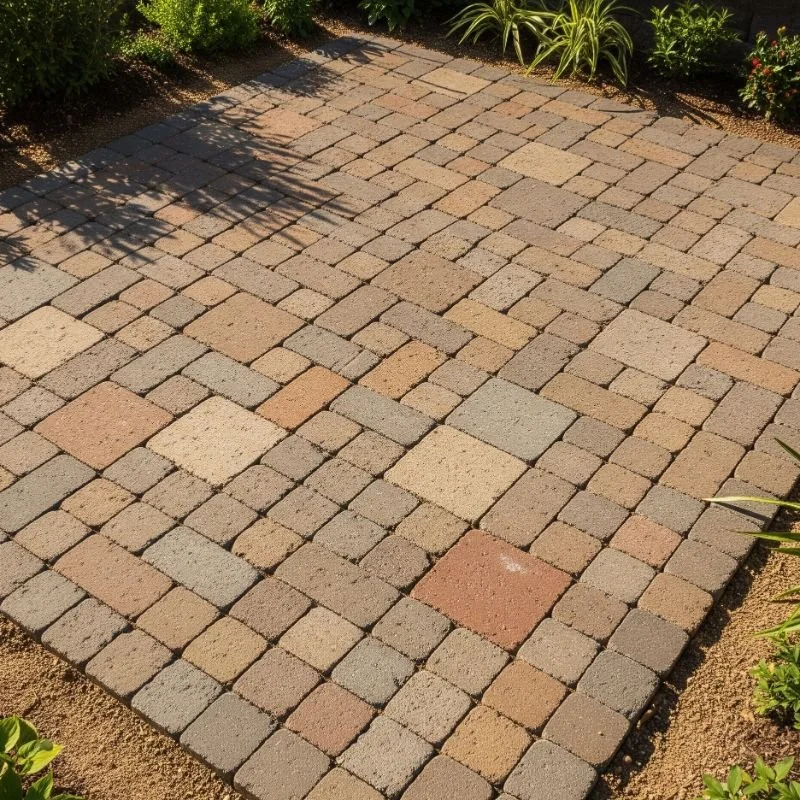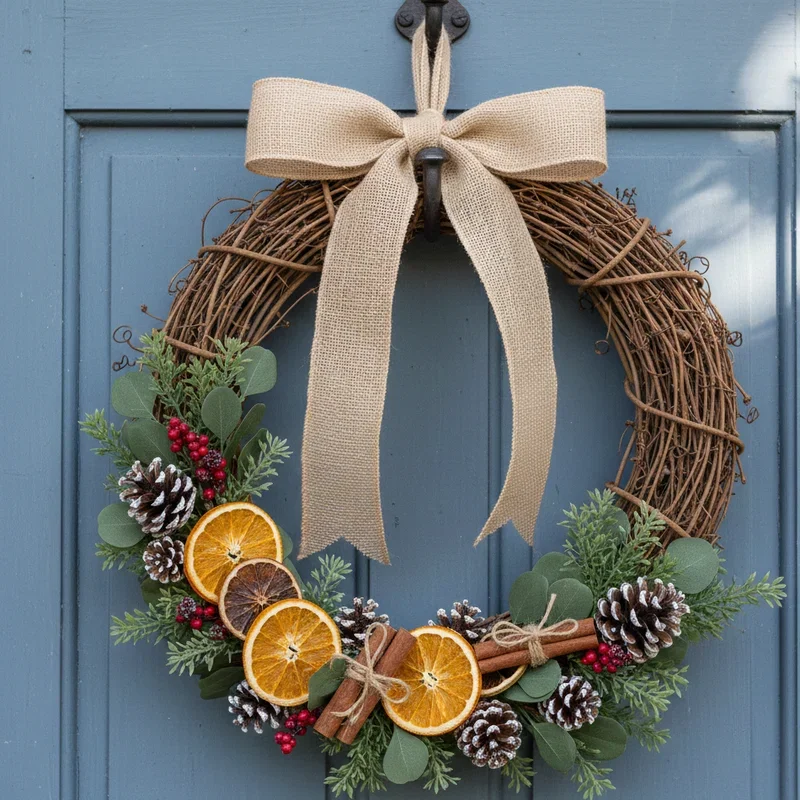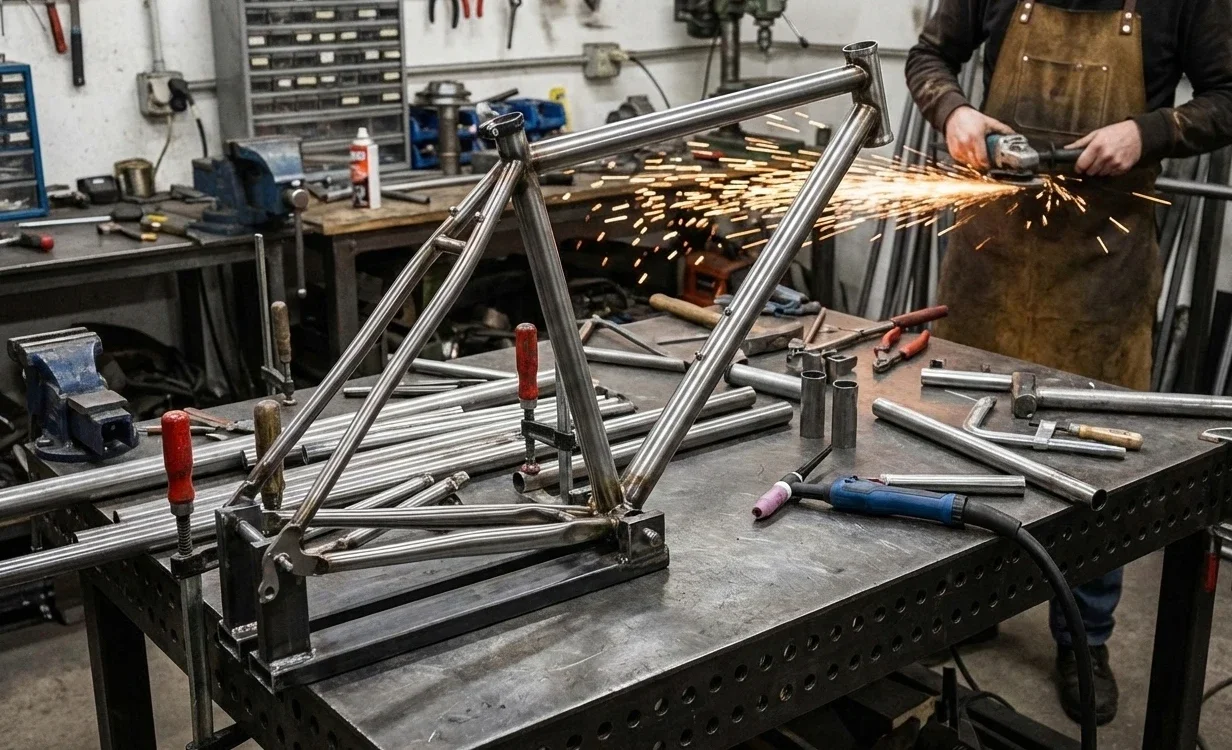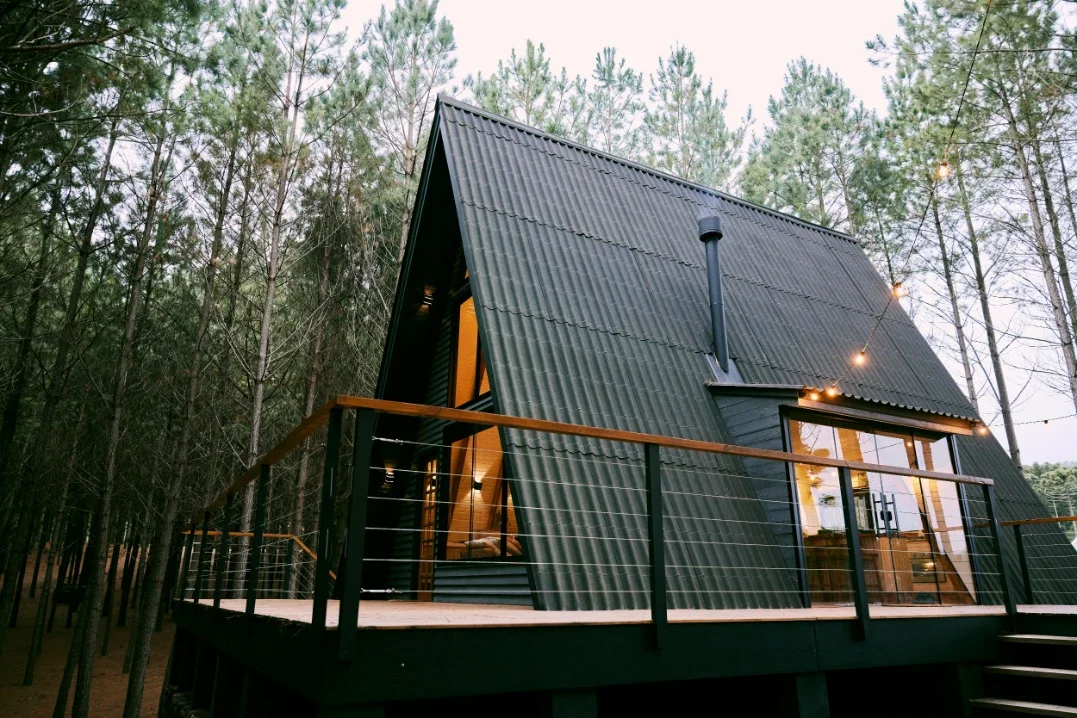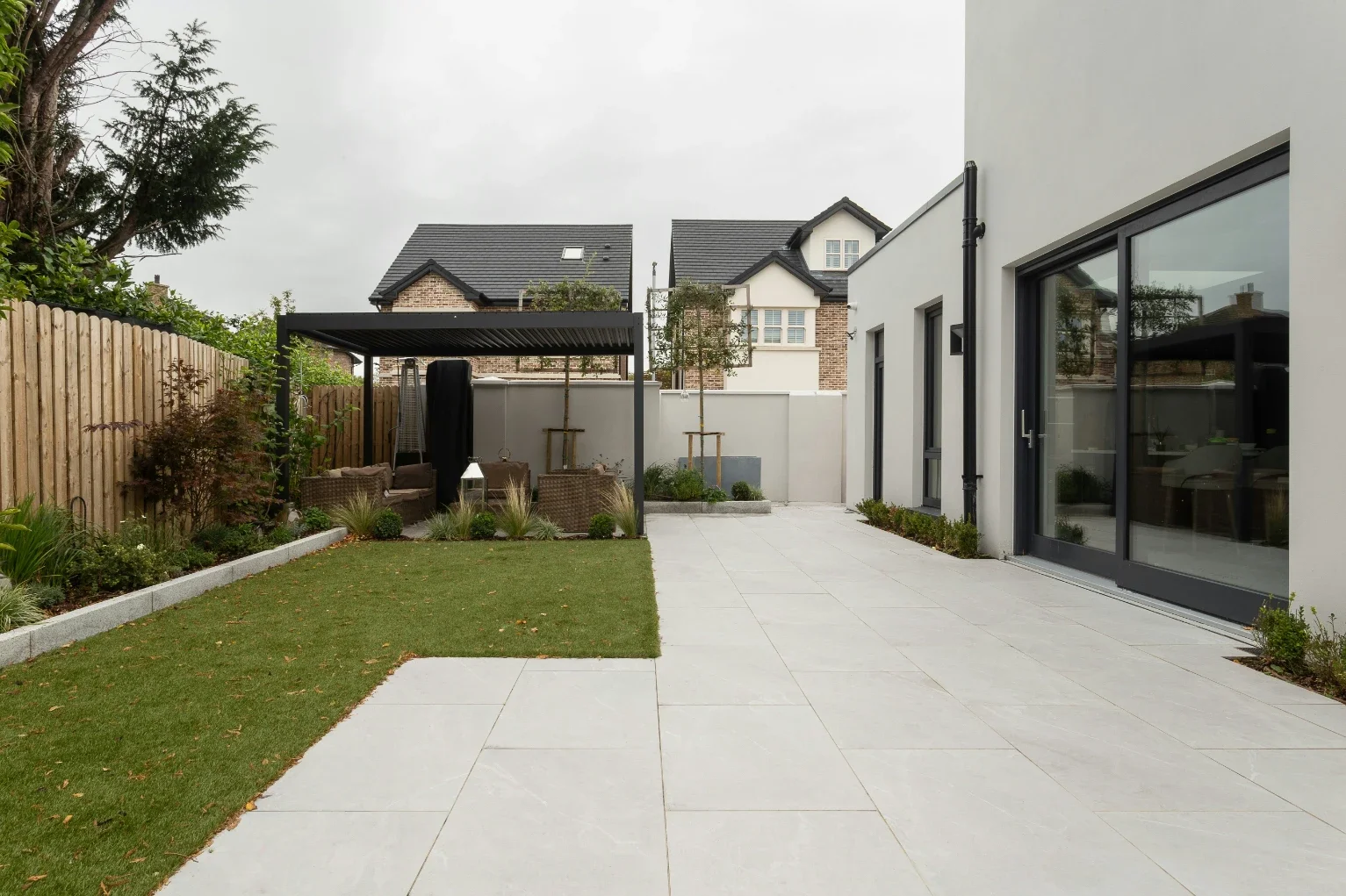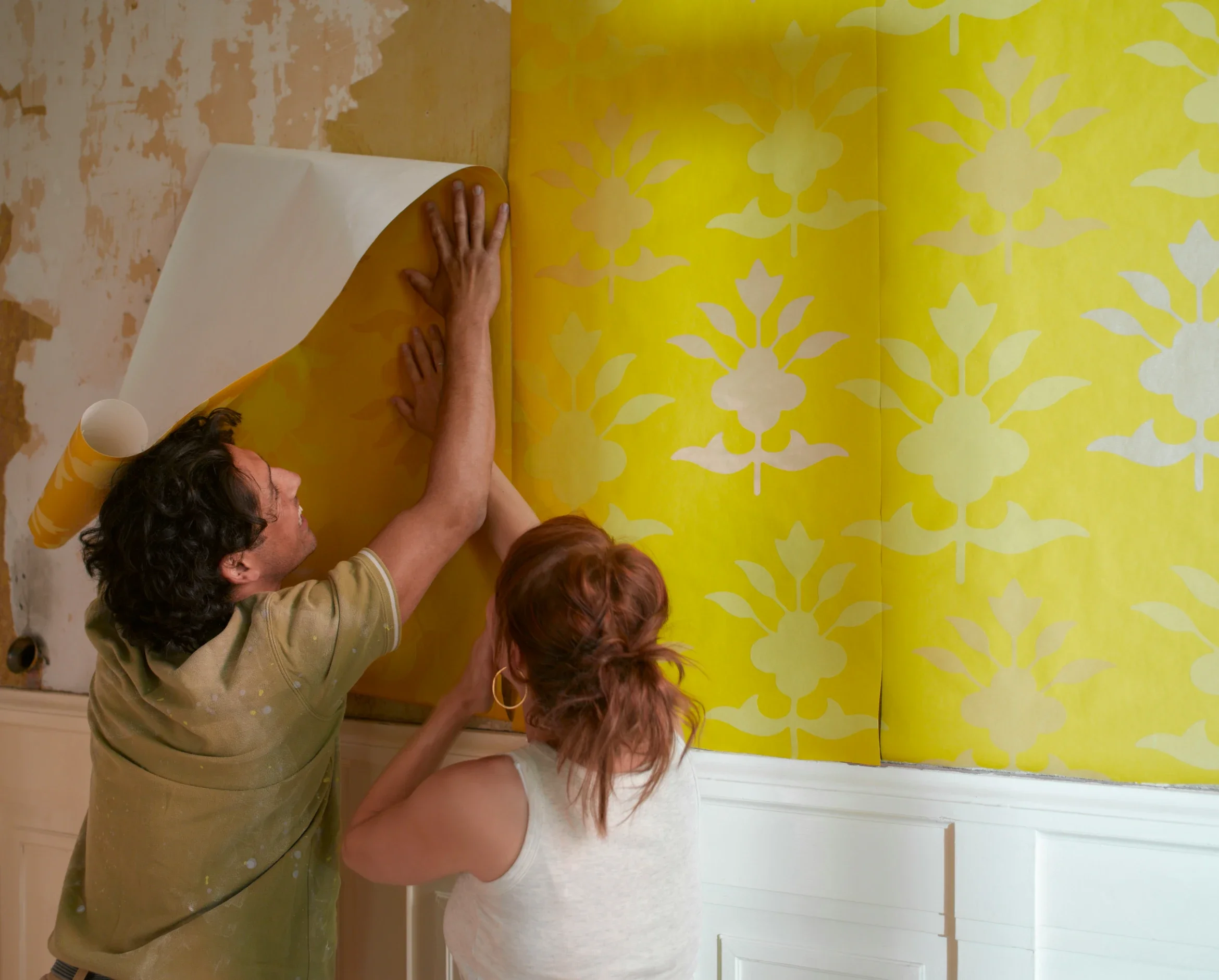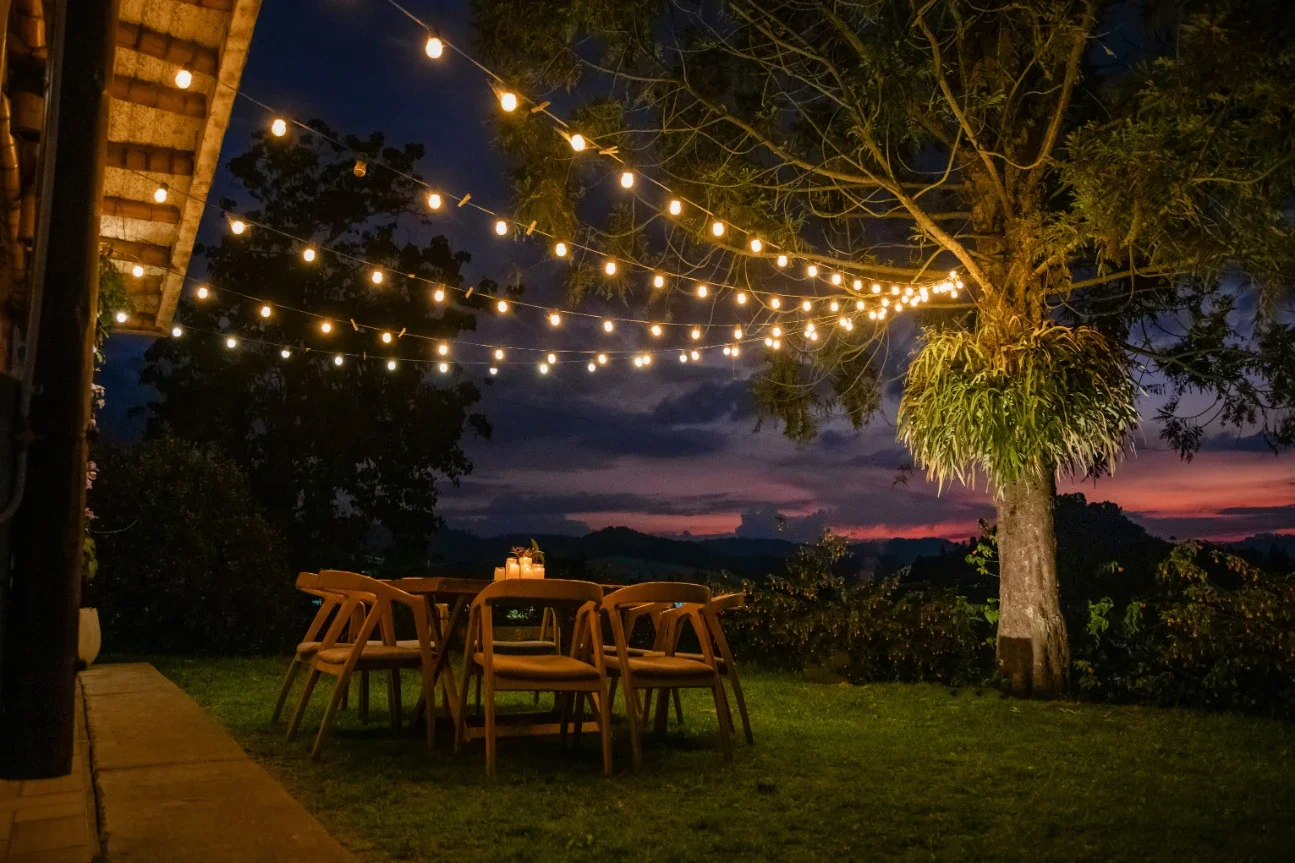15 DIY Cheap Patio Paver Ideas for Budget-Friendly Yards
Transform your yard affordably with 15 creative DIY patio paver ideas using recycled materials, concrete alternatives, and budget-friendly techniques.
Who says you need a trust fund to have a stunning patio? Your backyard dreams shouldn't evaporate just because your wallet's feeling light! Picture this: you're sipping lemonade on your beautiful new patio, and the best part? You built it yourself without selling a kidney. Whether you're working with champagne taste on a beer budget or just love the satisfaction of DIY projects, these patio paver ideas will transform your outdoor space from "meh" to "marvelous." From repurposed materials that Mother Earth will high-five you for, to clever concrete tricks that'll fool even your snootiest neighbors, we're diving into the world of budget-friendly hardscaping. Think of your yard as a blank canvas and these cheap paver ideas as your paint palette. Ready to create outdoor magic without the tragic credit card statement? Let's dig into these wallet-friendly wonders!
1. Recycled Concrete Chunks Mosaic
Turn construction waste into patio gold by collecting broken concrete chunks from demolition sites or your own driveway repairs! This eco-friendly approach costs virtually nothing while creating a unique, rustic mosaic appearance. Contact local contractors who often pay to dispose of concrete debris and would gladly let you haul it away free. Arrange chunks like puzzle pieces, leaving gaps for sand or moss to create natural grout lines. The irregular shapes add character while the varying thicknesses create interesting shadows and texture. Level the ground first, add a sand base, then play concrete Tetris until you achieve your desired pattern. Seal the surface for longevity and easier cleaning. This method particularly suits cottage gardens or rustic landscape designs where perfection isn't the goal.
2. DIY Concrete Stepping Stones
Channel your inner artist by creating custom concrete pavers using simple molds made from cardboard boxes, old baking pans, or plastic containers! A bag of concrete mix costs under $10 and can produce multiple pavers, making this incredibly cost-effective. Mix concrete according to package directions, pour into molds, and personalize with handprints, marbles, shells, or leaf impressions before it sets. Create uniform shapes for formal looks or varied sizes for whimsical paths. Add concrete colorant for vibrant hues that match your garden palette. The process is kid-friendly, making it a perfect family weekend project. Each paver becomes a unique artwork while serving a practical purpose. Let cure for 48 hours before removing from molds and installing with sand base.
3. Gravel and Paver Combination
Stretch your paver budget by combining them strategically with inexpensive gravel fill for a modern, permeable patio surface! Use pavers as stepping stones or create geometric patterns within gravel fields, reducing paver quantity by 60-70%. This design allows excellent drainage while providing stable walking surfaces where needed most. Choose contrasting colors like dark pavers against light gravel for dramatic effect. The gravel prevents weeds between pavers while creating a cohesive look. Installation involves laying landscape fabric, spreading gravel base, positioning pavers, then filling with decorative gravel. This technique works especially well for large areas where full paver coverage would be prohibitively expensive. The result looks intentionally designed rather than budget-constrained.
4. Reclaimed Brick Patterns
Scout demolition sites, classified ads, or renovation projects for old bricks that add instant character at fraction of new brick cost! These weathered beauties bring history and patina impossible to replicate with new materials. Clean bricks with wire brush and arrange in classic patterns like herringbone, basketweave, or running bond. The slight size variations in old bricks add charm while requiring careful leveling during installation. Mix different brick colors for eclectic appeal or sort by shade for uniform appearance. Some bricks may be chipped or imperfect, incorporating these strategically adds to the authentic vintage vibe. Edge with intact bricks and use broken pieces for fill areas. This sustainable approach typically costs 75% less than new brick pavers.
5. Wood Slice Pathway
Transform fallen trees or discarded logs into rustic patio pavers by cutting them into 2-3 inch thick rounds! This natural approach brings organic warmth while utilizing free or cheap materials from tree services or your own property. Treat slices with wood preservative to extend lifespan and prevent rot. Arrange rounds like stepping stones, filling gaps with mulch, gravel, or ground cover plants. Vary sizes for natural appearance or cut uniform rounds for formal design. The wood grain patterns create unique visual interest while the organic shapes soften hard landscape edges. This technique works beautifully in woodland gardens or naturalistic settings. Expect to replace slices every 3-5 years, but the low cost makes refreshing affordable.
6. Painted Concrete Pavers
Transform plain concrete pavers from boring to brilliant with creative paint techniques that cost mere dollars! Purchase basic gray pavers on sale and customize with concrete paint or stain for designer looks. Create faux tile patterns, geometric designs, or even artistic murals across multiple pavers. Use stencils for uniform patterns or freehand for artistic expression. Seal painted surfaces with concrete sealer for durability against weather and foot traffic. This approach lets you match any color scheme or design aesthetic while using budget-friendly base materials. Change colors seasonally or as taste evolves without replacing entire patio. The painting process becomes a creative outlet while producing custom results rivals can't match at any price.
7. Grass and Paver Checkerboard
Create a living patio by alternating pavers with squares of grass for an eco-friendly design that reduces hard surface costs by half! This permeable approach manages stormwater naturally while providing stable walking areas and green space. Install pavers in grid pattern with grass squares between, using same-sized pavers as grass sections for uniformity. Choose hardy grass varieties that tolerate foot traffic, or substitute with low-growing ground covers like thyme or moss. The living elements soften hardscape while providing cooling effects in summer. Maintenance involves regular mowing but eliminates extensive paver cleaning. This design particularly suits casual entertaining areas or transitions between lawn and formal patio spaces. The checkerboard pattern adds visual interest while maximizing both function and budget.
8. Broken Tile Mosaic Design
Turn shattered dreams into stunning reality by collecting broken tiles from renovation projects, tile shops, or your own mishaps! This mosaic approach transforms waste into artistic patio surfaces costing virtually nothing. Sort tiles by color to create planned designs or mix randomly for eclectic patterns. Break larger pieces into manageable sizes using hammer and cloth bag. Arrange pieces on concrete base or directly in mortar bed, leaving small gaps for grout. The irregular shapes create dynamic visual texture while hiding imperfections. Seal finished surface to prevent moisture damage and ease cleaning. This technique allows incredible creativity, from Mediterranean-inspired designs to modern geometric patterns. Local tile shops often give away broken pieces, making materials essentially free.
9. Railroad Tie Borders
Define patio edges affordably using reclaimed railroad ties that add rustic charm while containing paver materials effectively! These heavy-duty borders cost fraction of stone edging while providing substantial visual weight. Use newer ties treated with safer preservatives, avoiding older creosote-treated versions. Cut ties to desired lengths for straight edges or create curves by making relief cuts. The dark wood contrasts beautifully with lighter paver materials while the substantial size prevents shifting. Install ties slightly below paver height for seamless transitions. Fill patio area with any combination of cheap materials knowing ties will maintain clean edges. This border solution works especially well with gravel, mulch, or irregular paver patterns needing strong containment.
10. Mulch and Stone Mix
Combine organic mulch with decorative stones for a soft, permeable patio surface that costs pennies per square foot! This natural approach suits casual seating areas or low-traffic zones while providing excellent drainage. Layer landscape fabric first, then alternate sections of mulch and stones for visual interest. Use different stone sizes or colors to create patterns or define specific areas. The mulch provides comfortable walking surface while stones add durability in higher traffic zones. Refresh mulch annually for maintained appearance, but the stone elements remain permanent. This technique works particularly well under pergolas or tree canopies where traditional pavers might struggle. The organic materials blend seamlessly with planted areas while defining outdoor living spaces.
11. DIY Hypertufa Pavers
Create lightweight, weathered-looking pavers using hypertufa mixture of Portland cement, peat moss, and perlite that costs fraction of natural stone! This versatile material mimics aged limestone while being easy to work with and customize. Mix ingredients with water to mud-pie consistency, press into molds, and texture surfaces for natural appearance. Add concrete dye for color variations or press leaves, shells, or stamps for decorative impressions. The porous nature provides excellent drainage while the lightweight property makes handling easy. Hypertufa develops attractive patina over time, enhancing garden appeal. Make various sizes and shapes for organic layouts or uniform dimensions for formal designs. Each batch costs under $20 but produces numerous pavers.
12. Plastic Grid Systems
Invest in reusable plastic grid systems that fill with gravel, grass, or decomposed granite for instant permeable patio surfaces! While grids require initial investment, they're still cheaper than traditional pavers and create professional results. The interlocking design provides stability for furniture and foot traffic while allowing water infiltration. Fill grids with different materials in sections for creative patterns or uniform fill for cohesive appearance. Installation requires minimal ground preparation compared to traditional paving. The system works on slight slopes where solid pavers might shift. Grids virtually eliminate weed growth and material migration common with loose-fill surfaces. This modern solution particularly suits contemporary landscapes or areas needing wheelchair accessibility with permeable surfaces.
13. Stamped Concrete Overlay
Transform existing concrete slabs into decorative masterpieces using stamped overlay techniques that cost fraction of tear-out and replacement! This approach works on patios, walkways, or driveways needing aesthetic upgrades. Apply thin concrete overlay mixture, then use rented stamps to create patterns mimicking brick, stone, or tile. Add integral color or surface stains for realistic appearances rivaling expensive materials. The overlay bonds to existing concrete, eliminating demolition costs and waste. Seal finished surface for protection and enhanced color. This technique conceals minor cracks and imperfections while creating entirely new appearance. DIY-friendly with proper preparation, though consider professional installation for large areas. The dramatic transformation achieves high-end looks on budget-friendly terms.
14. Natural Flagstone Alternative
Source flat fieldstones from rural properties, creek beds, or landscape suppliers' "seconds" pile for authentic stone patios at bargain prices! These irregular stones create naturalistic patterns while costing significantly less than cut flagstone. Seek permission before collecting from private property or waterways. Sort stones by thickness for easier installation and level finished surface. Arrange like puzzle pieces, using smaller stones to fill gaps between larger pieces. The natural variations in color and texture add character impossible to achieve with manufactured products. Set stones in sand base or mortar depending on desired permanence. This approach particularly suits informal gardens or rustic landscape styles. The hunt for perfect stones becomes adventure while saving substantial money.
15. Pallet Wood Decking Pavers
Repurpose shipping pallets into unique wooden patio pavers by disassembling and cutting boards into uniform sections! This virtually free material creates warm, rustic surfaces perfect for covered patio areas. Select heat-treated pallets (marked HT) avoiding chemical-treated varieties. Cut boards into equal lengths, sand smooth, and treat with exterior wood preservative. Arrange in patterns like parquet flooring or simple grid designs. Install over level gravel base with landscape fabric barrier. The wood provides comfortable barefoot surface while the modular design allows easy replacement of damaged sections. This technique works best in protected areas with good drainage. Expect 3-5 year lifespan, but free materials make replacement affordable. The recycled nature appeals to eco-conscious homeowners.
Conclusion
Creating a beautiful patio doesn't require emptying your savings account or maxing out credit cards. These fifteen DIY paver ideas prove that creativity, elbow grease, and smart material choices can produce stunning results on shoestring budgets. Whether you choose recycled materials, painted concrete, or natural alternatives, your patio can become an outdoor oasis without financial stress. Start small, experiment with techniques, and remember: the best patio is one you actually use and enjoy, regardless of cost!
Read next: 15 DIY Fence Ideas to Upgrade Your Outdoor Space
Frequently Asked Questions
Q1: Which DIY paver option lasts longest on a budget?
A1: Recycled concrete chunks and reclaimed bricks offer decades of durability for minimal cost investment.
Q2: How much can I save using DIY pavers?
A2: DIY methods typically save 50-80% compared to professional installation with premium materials, depending on choices.
Q3: Do cheap patio pavers look obviously budget-friendly?
A3: No, creative techniques like painting, mosaics, and strategic placement can achieve high-end looks affordably.
Q4: What's the easiest DIY paver project for beginners?
A4: Concrete stepping stones or gravel-and-paver combinations require minimal skills while delivering great aesthetic results.
Q5: Can I install DIY pavers over existing concrete?
A5: Yes, stamped overlays, thin pavers, or painted techniques work directly over stable concrete surfaces.
